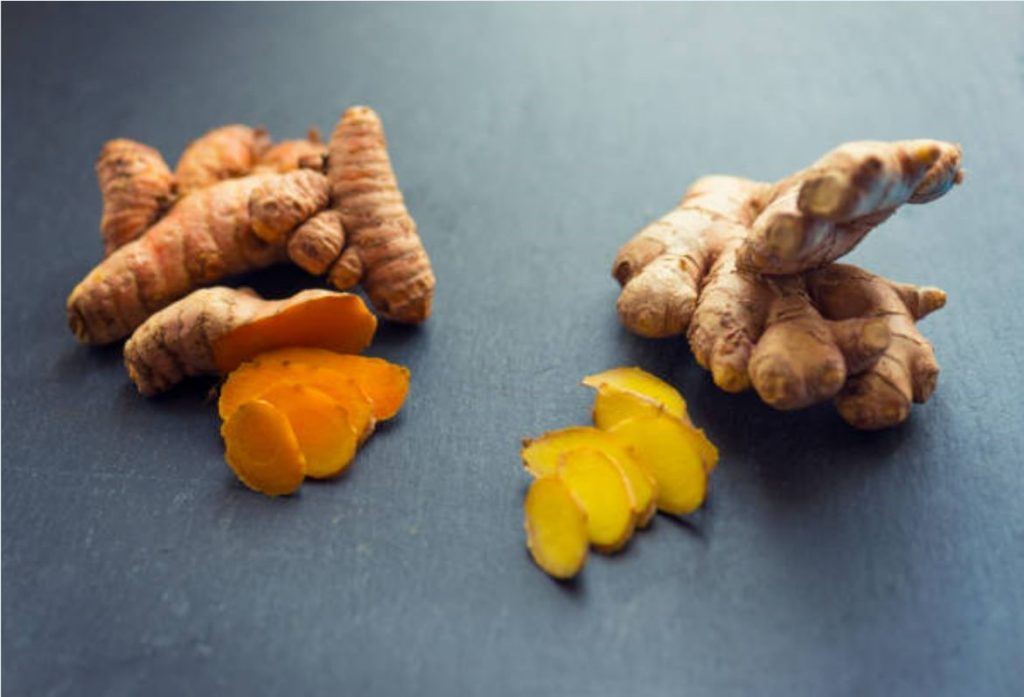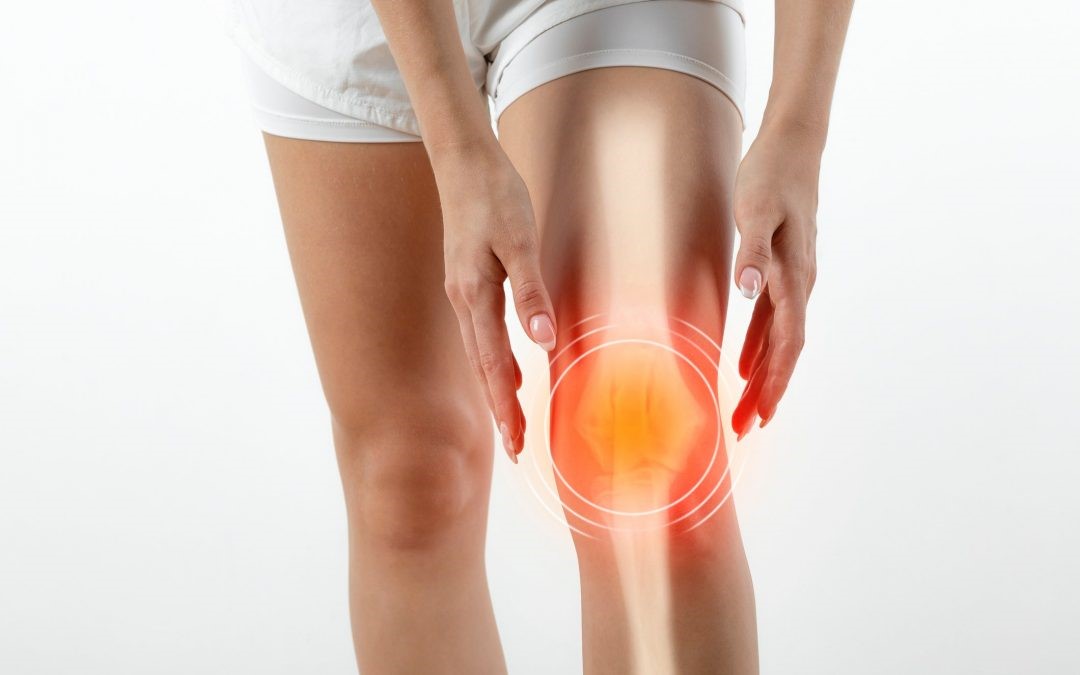Effective Home Remedies for Easing Joint Pain
Joint pain can be a real nuisance, making everyday activities challenging and uncomfortable. Whether you’re dealing with arthritis, an injury, or just the aches and pains that come with aging, there are effective home remedies that can help alleviate joint pain and improve your quality of life. In this article, we’ll explore simple and natural methods to find relief from joint discomfort without relying solely on medication. These remedies are easy to implement and can make a big difference in managing joint pain.
Before we dive into home remedies, it’s important to understand why joint pain occurs. Joint pain can result from various factors, including inflammation, injury, wear and tear, or underlying medical conditions like arthritis. When joints become painful, it often involves discomfort, swelling, stiffness, and reduced mobility. Now, let’s explore some effective home remedies that can provide relief from joint pain:
1. Hot and Cold Therapy
One of the simplest ways to alleviate joint pain is by using hot and cold therapy. Applying a hot pack or a heating pad can help relax muscles and reduce stiffness, while cold packs can reduce inflammation and numb the area. Alternate between hot and cold treatments for the best results. Be sure to wrap the hot or cold pack in a cloth to protect your skin from direct contact.
Whether you’re dealing with the discomfort of arthritis, an injury, or general joint stiffness, this therapy can be a valuable addition to your pain management toolkit.
Hot Therapy:
- Relaxation of Muscles: Applying heat to the affected area helps relax and loosen tissues, which can reduce muscle spasms and ease joint stiffness.
- Improved Blood Flow: Heat encourages blood vessels to dilate, increasing blood flow to the applied area. This enhanced circulation can help deliver essential nutrients and oxygen to the joints and facilitate the removal of waste products.
- Pain Relief: Heat can reduce the perception of pain by stimulating sensory receptors in the skin, thus providing a comforting sensation that distracts from the pain.
Cold Therapy:
- Inflammation Reduction: Cold therapy is particularly effective in reducing inflammation. When cold is applied, it constricts blood vessels, which can help decrease swelling and numb the area, resulting in pain relief.
- Numbing Effect: Cold therapy numbs the nerve endings in the affected area, diminishing the perception of pain. It is especially useful for acute injuries or sudden flare-ups of chronic conditions.
2. Gentle Exercise
Exercise might be the last thing on your mind when you’re in pain, but gentle movements can actually help improve joint flexibility and reduce discomfort. Low-impact activities like swimming, walking, and yoga can be particularly beneficial. These exercises can strengthen the muscles around your joints, providing better support and relief.

3. Turmeric and Ginger
Turmeric and ginger are two powerful spices with natural anti-inflammatory properties. You can incorporate them into your diet by adding them to your meals or brewing them into a soothing tea.
The Benefits of Turmeric and Ginger for Joint Pain
- Anti-Inflammatory Properties:
Both turmeric and ginger are potent anti-inflammatory agents. Inflammation is a common driver of joint pain, and by reducing inflammation, these spices can help ease discomfort.
- Pain Relief:
The compounds in turmeric and ginger can help reduce pain perception, making them effective natural pain relievers.
- Improved Joint Function:
Turmeric and ginger may help improve joint flexibility and mobility, making it easier to perform daily tasks.
- Protection Against Oxidative Stress:
Oxidative stress is linked to joint pain and arthritis. The antioxidants in turmeric and ginger can combat oxidative stress and protect joint tissues.
4. Epsom Salt Soaks
Epsom salt, rich in magnesium, can be an excellent remedy for joint pain. Dissolve Epsom salt in warm bathwater and soak your sore joints for about 15-20 minutes. This can help relax your muscles and ease discomfort. Make sure to follow the instructions on the Epsom salt package for the right dosage.

5. Weight Management
Carrying excess weight puts extra stress on your joints, especially those in your knees, hips, and spine. By maintaining a healthy weight, you can reduce the strain on your joints and decrease joint pain. Combine a balanced diet with regular exercise to achieve and maintain a healthy weight.
6. Massage and Topical Treatments
Massaging the affected joint with gentle pressure can increase blood flow, reduce tension, and alleviate pain. You can use over-the-counter topical creams and ointments containing ingredients like capsaicin or menthol for additional relief. Be sure to follow the product’s instructions for safe usage.
7. Omega-3 Fatty Acids
Omega-3 fatty acids, found in fish oil supplements and fatty fish like salmon, have anti-inflammatory properties that can help reduce joint pain and stiffness. Consider adding these sources of omega-3 to your diet or talk to your healthcare provider about omega-3 supplements.
Conclusion
In conclusion, joint pain doesn’t have to control your life. These effective home remedies can provide relief and improve your joint health. However, it’s crucial to consult with a healthcare professional, especially if your joint pain is severe or persistent. They can help diagnose the underlying cause and provide guidance on the best treatment plan for your specific situation. Remember that consistency is key when using home remedies, and with patience and care, you can find relief from joint pain and enjoy a more comfortable, active life.
References:
- ArthritisOrg. (n.d.). Natural Relief For Arthritis Pain. Retrieved from https://www.arthritis.org/health-wellness/healthy-living/managing-pain/pain-relief-solutions/natural-relief-for-arthritis-pain
- Brenda. (n.d.). Natural Relief From Arthritis Pain. Retrieved from https://www.healthline.com/health/osteoarthritis/arthritis-natural-relief
- Holman. (n.d.). Home Remedies For Joint Pain Relief That Truly Work. Retrieved from https://orthopedicinstitutesf.com/home-remedies-for-joint-pain-relief-that-truly-work/
- Ocana. (n.d.). Joint Pain in Older Adults: Best Home Remedies and Treatments. Retrieved from https://www.ocanamedicalcenter.com/joint-pain-in-older-adults-best-home-remedies-and-treatments

